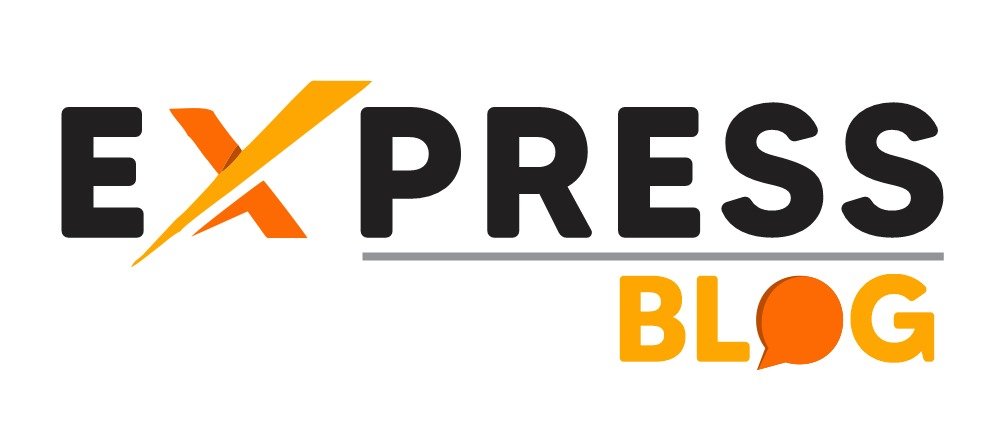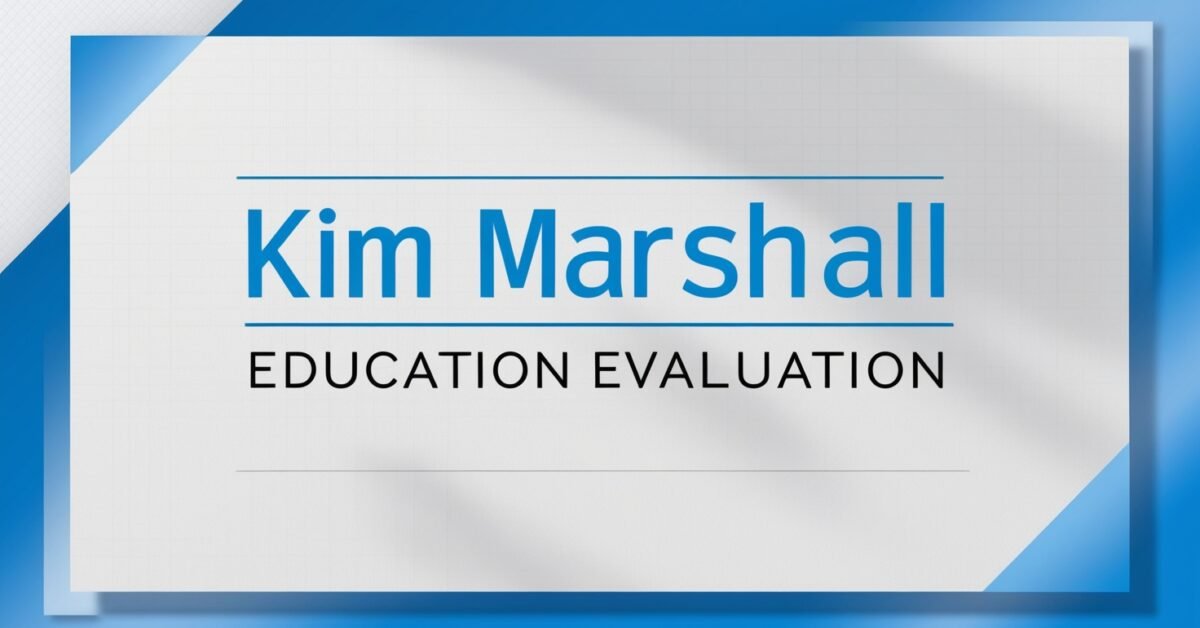Navigating the AI Frontier in Higher Education Business Wire

AI is already making waves in higher education by offering a range of learning platforms personalized tutoring systems and adaptive learning tools. For example, adaptive learning platforms that adjust coursework based on an individual’s strengths and weaknesses. AI-driven tools for personalized learning help students engage more effectively offering them resources that fit their unique learning pace and style.
AI-driven tools for personalized learning are revolutionizing how both teachers and students approach learning. The use of AI in virtual tutoring systems makes learning more accessible and encourages engagement, making education more adaptive to the needs of learners.
Administrative Efficiency
AI is also playing a vital role in streamlining administrative tasks at universities. From student admissions to scheduling, AI-based systems are reducing administrative overhead allowing staff to focus on activities that require human empathy and judgment. AI helps optimize processes like document management, grading and even financial aid assessment ultimately improving efficiency and reducing operational costs.
Student Support Services
AI-powered chatbots and virtual assistants are increasingly becoming part of the student support system. These tools help answer common questions guide students through admission processes and even provide mental health support. AI-based chatbots can be available 24/7 making sure students get the help they need when they need it. Universities are deploying these bots to improve the student experience, especially for onboarding and routine inquiries.
Read Also: Amber McBride Resources for Educators
Opportunities for Higher Education with AI
One of the most significant opportunities AI brings is the potential for personalized learning paths. Unlike traditional education models, AI makes it possible to tailor educational experiences to individual students. By analyzing a student’s performance and preferences, AI can recommend specific courses, resources or even study schedules that align with their needs. This personalized approach has been shown to improve retention and academic success.
Imagine a student who struggles with calculus but excels in physics. AI can provide additional resources for calculus while encouraging further exploration in physics through advanced content and projects. This kind of personalized learning journey is what AI can uniquely offer, optimizing educational outcomes for all.
Bridging Gaps in Accessibility
AI has the potential to bridge gaps in educational accessibility. By offering tools like real-time translation, speech-to-text and personalized tutoring, AI can help students from diverse backgrounds access the resources they need. For marginalized groups who may lack access to traditional education resources AI provides an opportunity to learn on their own terms.
Consider AI-powered transcription services that convert lectures into readable formats which can help students who are hearing impaired. Similarly AI-driven language translation tools enable non-native speakers to engage more comfortably with content. By enhancing accessibility AI is making higher education more inclusive.
Enhanced Research Capabilities
AI is transforming academic research by enabling deeper analysis, automating literature reviews and providing predictive insights. Researchers now have access to AI tools that can analyze large datasets in minutes, uncovering patterns and correlations that might have taken months to find manually. Some prominent AI tools currently in use include:
- IBM Watson for research analysis
- EndNote Click for managing references
- OpenAI GPT for generating and synthesizing content
These tools not only make research more efficient but also open up possibilities for new insights and discoveries, empowering researchers to focus on creative and critical thinking rather than manual data processing.
Challenges Faced in Adopting AI
Data Privacy and Security
A critical concern in integrating AI into higher education is data privacy and security. AI systems often require extensive data to function effectively raising concerns about how student information is collected, stored and used. Educational institutions must ensure that their AI solutions comply with data protection regulations such as GDPR, to safeguard student privacy.
The ethical implications of data collection particularly regarding consent and the potential misuse of information remain significant hurdles. Ensuring that AI systems are transparent about data usage is essential to build trust among students and educators.
Digital Divide
Despite the advantages AI offers there is a risk of widening the digital divide. Students from low-income backgrounds or remote regions may lack access to the necessary technology including reliable internet connections and devices. This lack of access can create disparities making it challenging for all students to benefit equally from AI-enhanced education.
Universities must consider ways to provide equitable access to AI technologies such as providing loaner devices or ensuring campus facilities are well-equipped for digital learning.
Over-Reliance on AI
While AI is a powerful tool, an over-reliance on AI could hinder the development of critical thinking and problem-solving skills among students. When AI systems are used as the primary source of information and analysis, students may become passive learners, relying on the technology rather than developing their own understanding.
Educators must find a balance ensuring that AI complements rather than replaces human-led instruction. This balance will help students build a foundation of skills that can be augmented by AI rather than supplanted by it.
Bias in AI Algorithms
Bias in AI algorithms is another challenge. AI systems are only as unbiased as the data they are trained on and if the data contains historical biases the AI will reflect them. This bias can influence learning assessments admissions decisions and more leading to unfair outcomes.
For instance, if an AI-based admission system is trained on biased data, it could unintentionally favor certain groups over others. Institutions must be vigilant in testing their AI systems for biases and take steps to ensure fair unbiased algorithms.
Strategies for Effectively Integrating AI in Higher Education
Balancing Technology with Human Interaction
While AI offers many benefits maintaining the human element in education is crucial. AI should be seen as a tool that augments not replaces, the role of educators. Human interaction is vital for fostering empathy, creativity, and deeper understanding.
For example, AI can handle routine grading tasks but face-to-face discussions and mentorship from teachers remain irreplaceable for helping students grasp complex concepts and emotional nuances. Educators can use AI to provide personalized support while maintaining a personal connection with their students.
AI Training for Educators
To effectively leverage AI, educators must be equipped with the necessary skills and understanding of how AI works. Training programs should be developed to help instructors learn how to integrate AI tools effectively and responsibly.
Professional development workshops and certification programs focused on AI can empower educators to use these tools to enhance their teaching methods. Teachers who understand AI can use it more creatively and be better prepared to mitigate any negative impacts, such as over-reliance or bias.
Developing Ethical AI Policies
Institutions should create and implement ethical AI policies that protect students and ensure responsible use of technology. These policies should focus on safeguarding student data mitigating biases and maintaining transparency.
| Ethical Practice | University A | University B | University C |
|---|---|---|---|
| Data Privacy Measures | Strong | Moderate | Strong |
| AI Bias Testing | Regular audits | Limited audits | Comprehensive checks |
| Student Consent Policies | Mandatory | Optional | Mandatory |
This table highlights how different universities are adopting ethical practices when it comes to integrating AI. Institutions must be proactive to ensure fairness and build trust among their stakeholders.
Future Outlook: What Lies Ahead?
AI has the potential to become a lifelong learning partner not just limited to traditional education but also in continuous professional development and personal growth. As industries evolve the need for upskilling is becoming more crucial and AI can play a key role in helping individuals adapt to these changes.
Imagine AI tools that track your career progression and recommend specific courses to help you advance in your field. Such AI systems can ensure that education is not a one-time event but a lifelong journey, aligned with the dynamic demands of the workforce.
Innovations on the Horizon
The future of AI in education is bright with many innovations on the horizon. Virtual classrooms integrated with AI tutors can provide personalized support in real time, while augmented reality (AR) combined with AI can create immersive learning experiences.
One such example is the use of AR to teach complex subjects like human anatomy where AI guides students through a virtual dissection. Another innovation is the use of predictive analytics to identify students who may be at risk of dropping out allowing for timely interventions.
Conclusion: Navigating the AI Frontier
AI is reshaping higher education in profound ways offering opportunities to personalize learning, enhance accessibility and streamline research and administration. However, challenges like data privacy, bias and the digital divide must be addressed to ensure that the benefits of AI are accessible to all.
Navigating the AI frontier in higher education requires thoughtful informed adoption. By balancing AI’s capabilities with the irreplaceable value of human interaction, training educators and developing ethical policies, we can harness AI to build a more inclusive and effective educational system.
Additional Resources
Related Reading
- AI in Education: Opportunities and Challenges
- Video: AI’s Role in Modernizing Higher Education
- Report: The Impact of AI on Accessibility in Education
Infographics and Visual Tools
- Use visual tools to summarize data privacy concerns and the benefits of AI integration.
FAQ
How is AI making education more personalized?
AI uses data to understand a student’s unique needs adapting the curriculum to cater to their strengths and weaknesses. It provides targeted resources, assessments and feedback to ensure personalized learning experiences.
What are the ethical concerns of AI in higher education?
The primary concerns are data privacy, algorithmic bias and transparency. Ensuring that AI tools are used ethically with a focus on protecting student data and providing unbiased support is crucial.
Will AI eventually replace teachers?
No, AI is meant to complement teachers not replace them. Human educators bring emotional intelligence, creativity and mentorship that AI cannot replicate. The goal is to enhance the learning experience by combining the strengths of both.
References
- Business Wire: Navigating the AI Frontier in Higher Education.
- Academic Papers: Refer to studies on AI in education from credible journals.
- Industry Reports: Highlight recent findings on AI’s impact in the educational sector.




